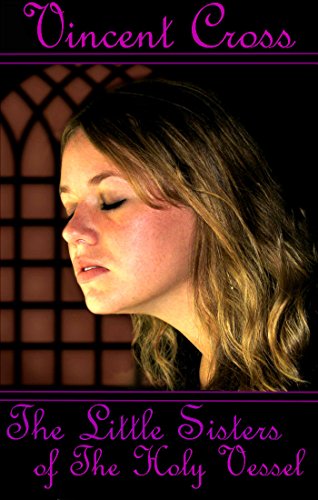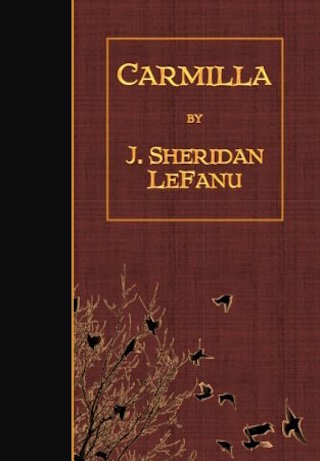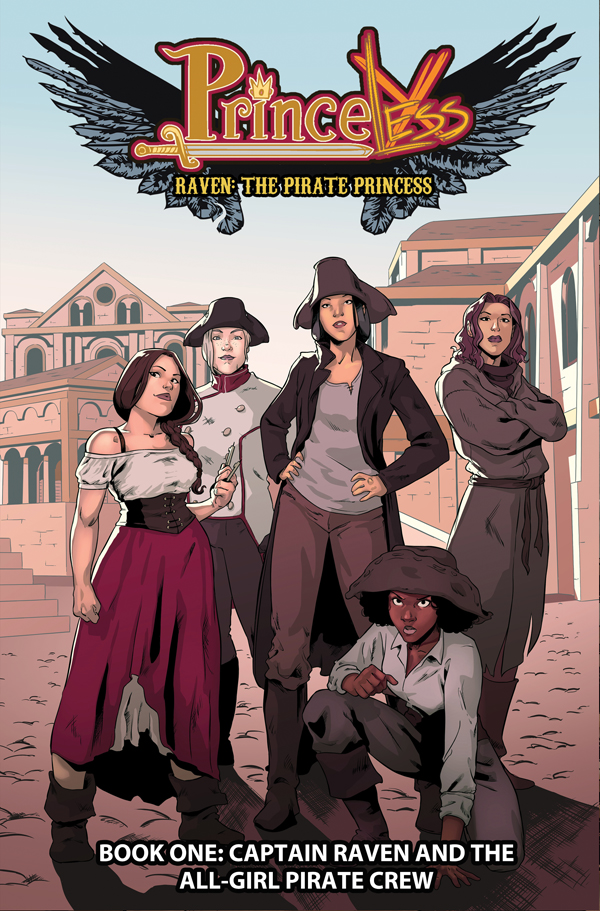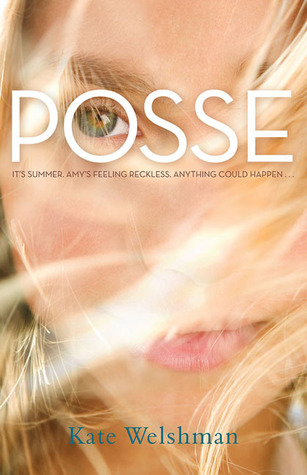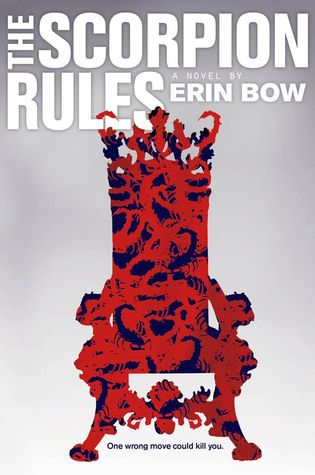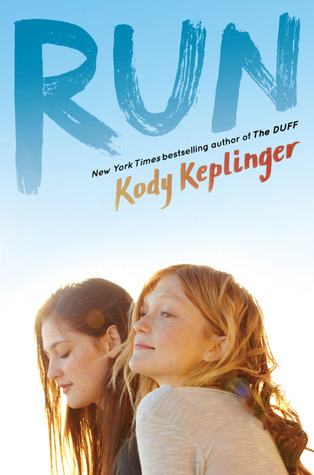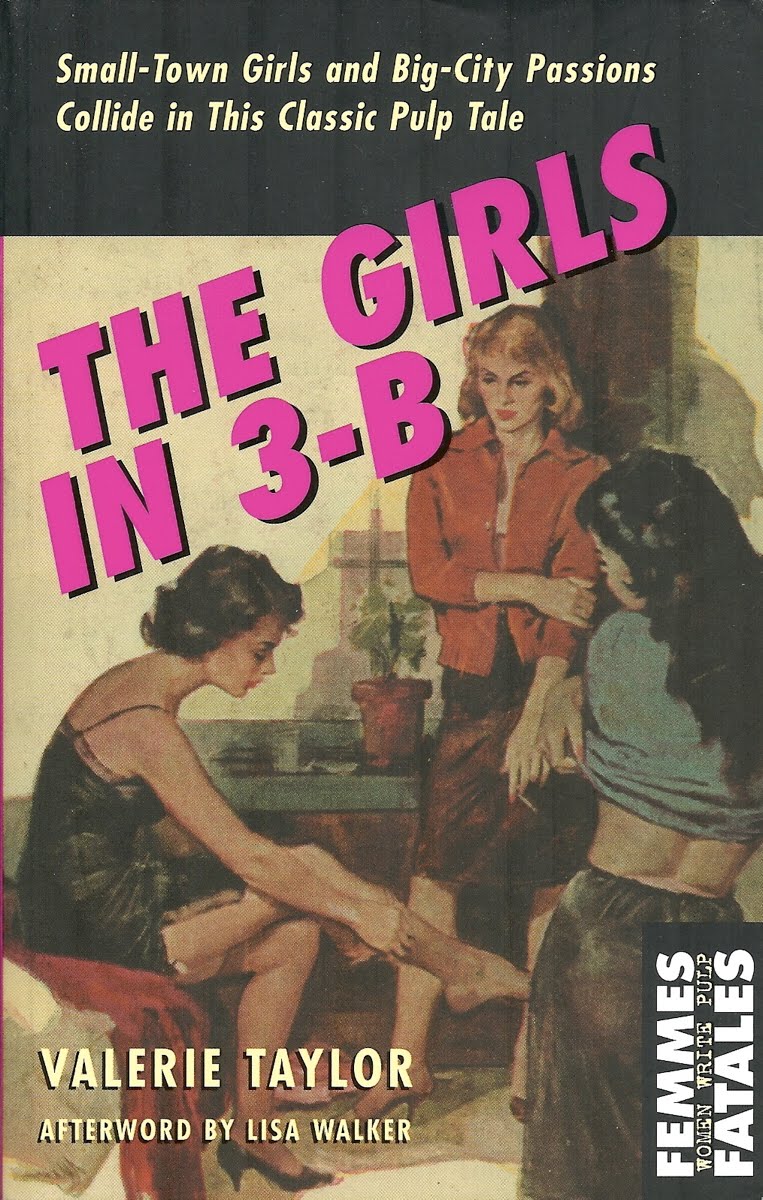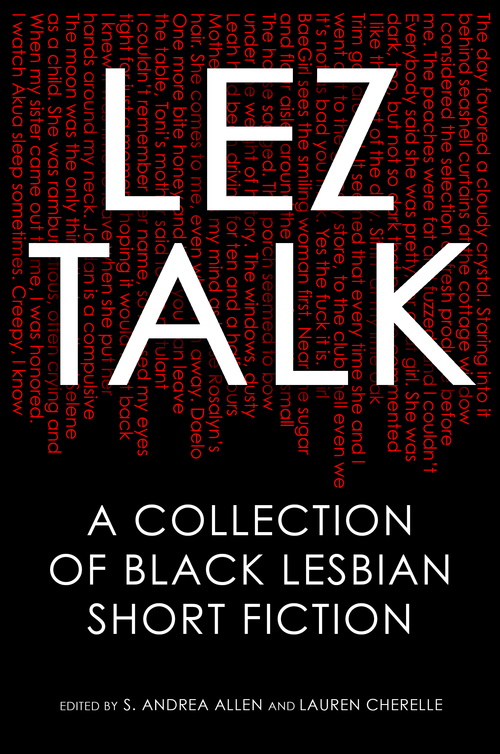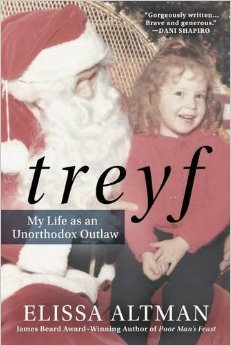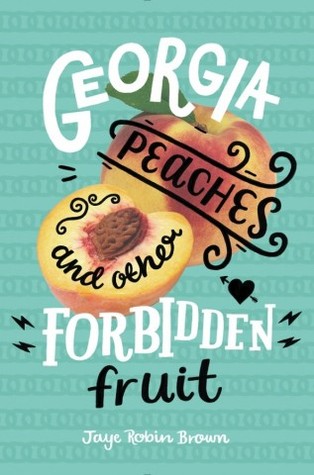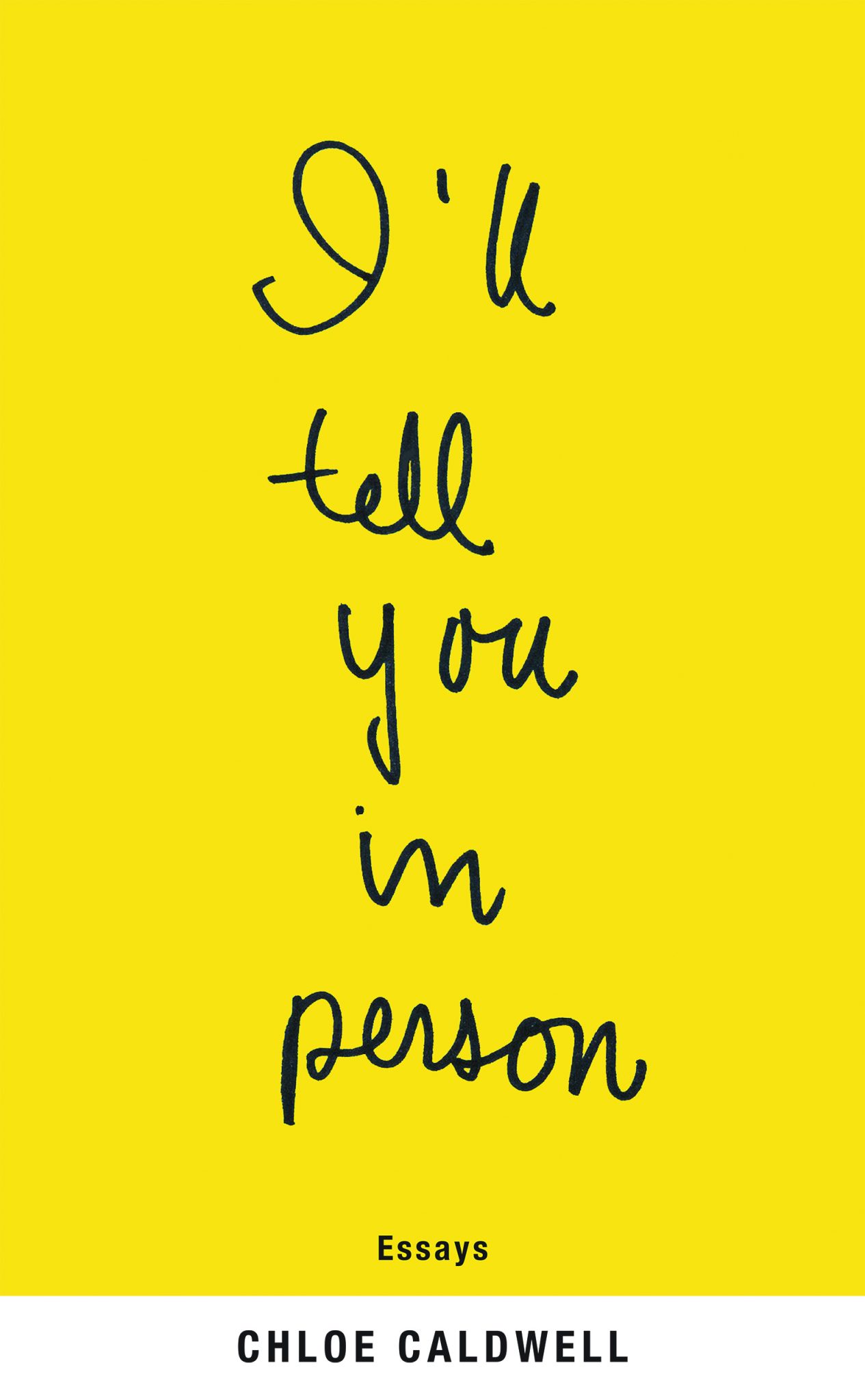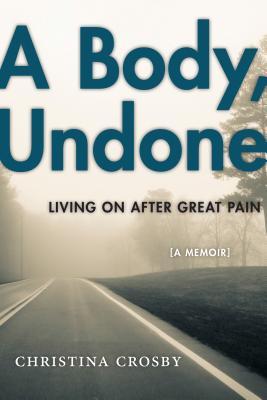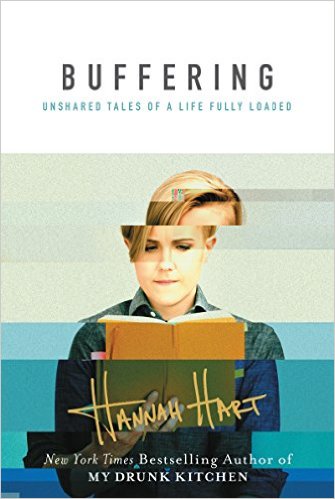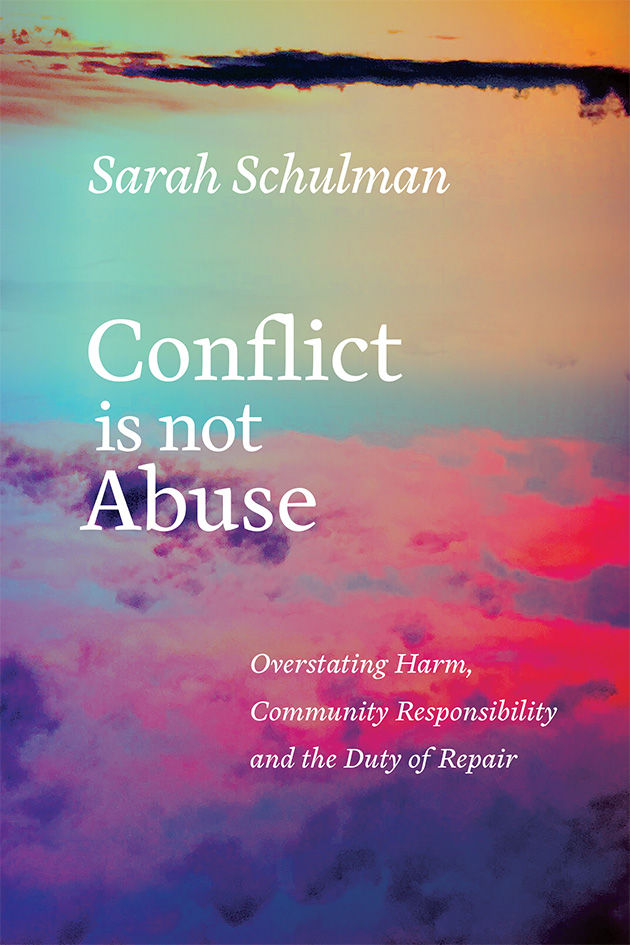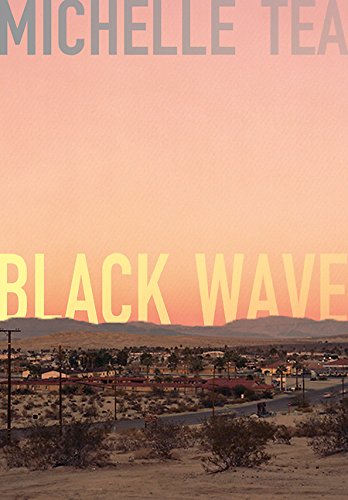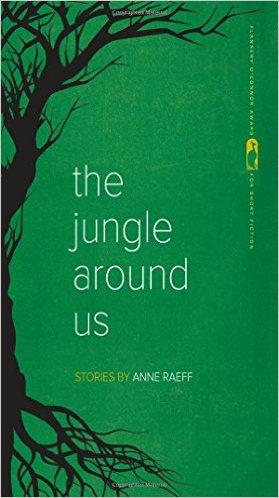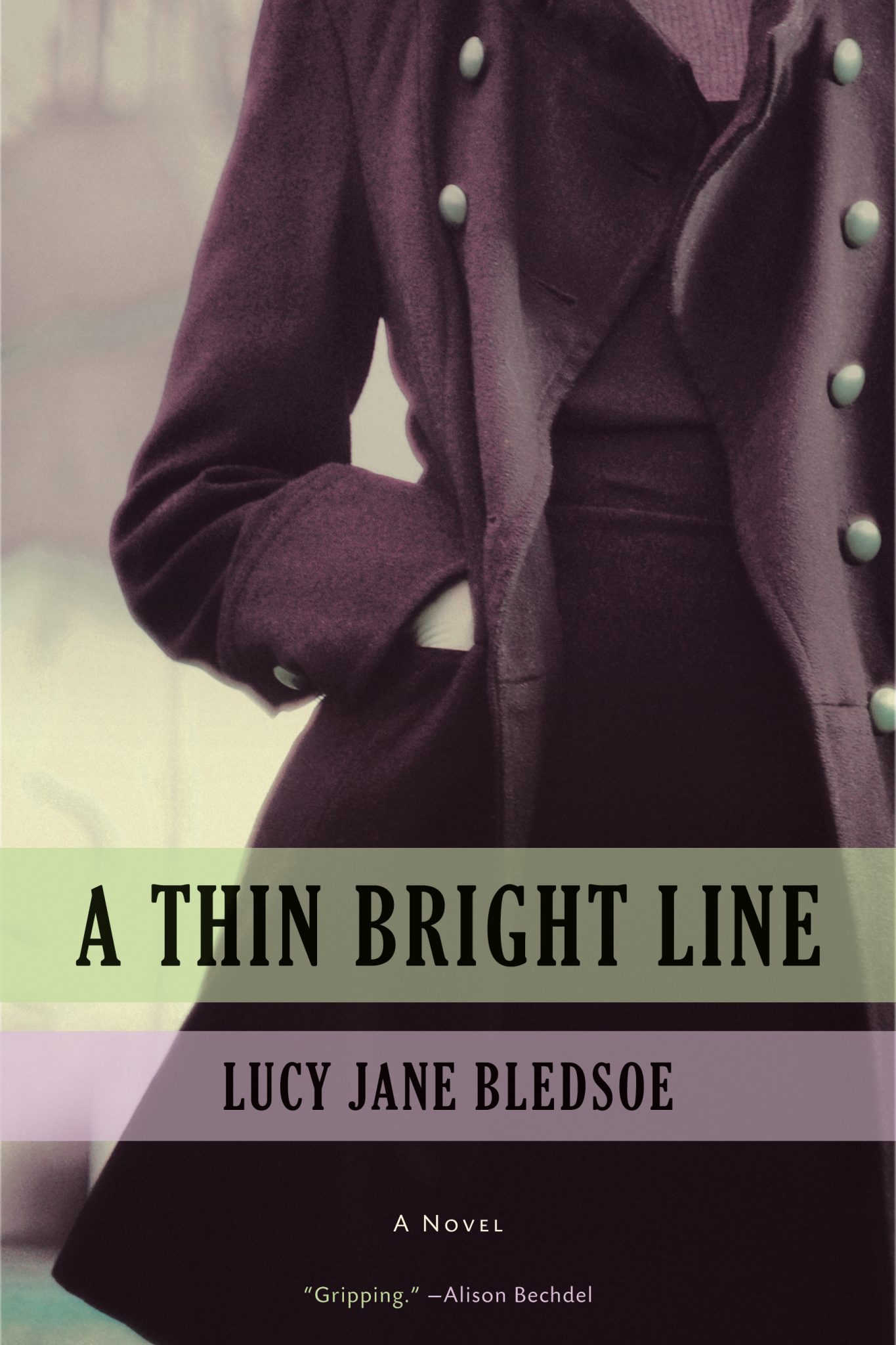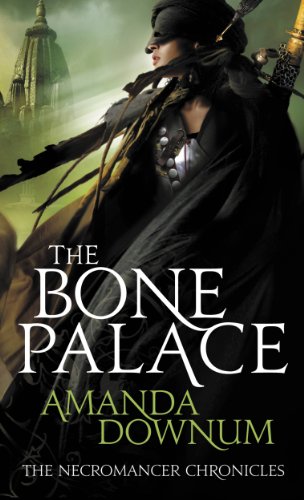The Little Sisters of The Holy Vessel is a short story about an order of nuns that administer exorcisms. In particular, readers are introduced to Sister Teresa and Sister Elizabeth. The sisters have traveled to a small village to assist Father Gregory with a recent crime that he believes will require a spiritual interrogation. At first, nothing seems odd about the nuns. They are dutiful with religious and cultural etiquette. Fast-forward past the opening and Cross unveils the “worldy” side of these women, which removes the veil between the reader and the historical setting, and allows Teresa and Elizabeth to add deeper hues to the story.
Given this is a short story I can’t delve into the plot without risking spoilers. Therefore, I’ll shift to the parts of the narrative that interested and concerned me.
First off, Little Sisters is erotic, which augments the relationship between the characters, as well as the banishment of evil. The erotic is more than sexual. It exists in several layers. It’s physical and spiritual and romantic. On this same note, there is a layer of Cross’ eroticism that pestered me as the story escalated and climaxed. And it started with this sentence:
“We want the thing to smell our scent, but we don’t want our bodies to betray us.”
Sparing the details, I asked myself why is it necessary for these women to use their vessels in such a risky way? Arguably, they are asked to sacrifice their sanctity. Do their actions convey that women are powerful beyond measure? Or, is this just another instance of women “using” what God gave them to make themselves relevant in an unequal world and an attempt to maintain balance between good and evil? Which, ultimately, saves men. If the tables were turned and male clergy were responsible for the exorcism, how would the climatic event in this story change? To me, it would be much different.
There are times when the erotic can be liberating. There are times when the sexuality and the erotic gaze are self-serving and only maintain sexist ideals. I feel that Little Sisters walks a fine line. The story is well written, but where (and if) readers teeter along this line is subjective, of course.
I would have liked for Cross to allow the nuns to address two of my lingering questions: first, who are they protecting, and second, do they feel their holy vessel is the only way?
As a reviewer, I rarely feel the need to strike an iron hammer by recommending or not recommending a read. Therefore, I’ll end as I usually do. Little Sisters is story for those who enjoy short stories and want to venture into an old world, erotic, and paranormal read featuring religious women that boldly face demons.
Lauren Cherelle uses her time and talents to traverse imaginary and professional worlds. She recently penned her sophomore novel, “The Dawn of Nia.” Outside of reading and writing, she volunteers as a child advocate and enjoys new adventures with her partner of thirteen years. You can find Lauren online at Twitter,www.lcherelle.com, and Goodreads.

